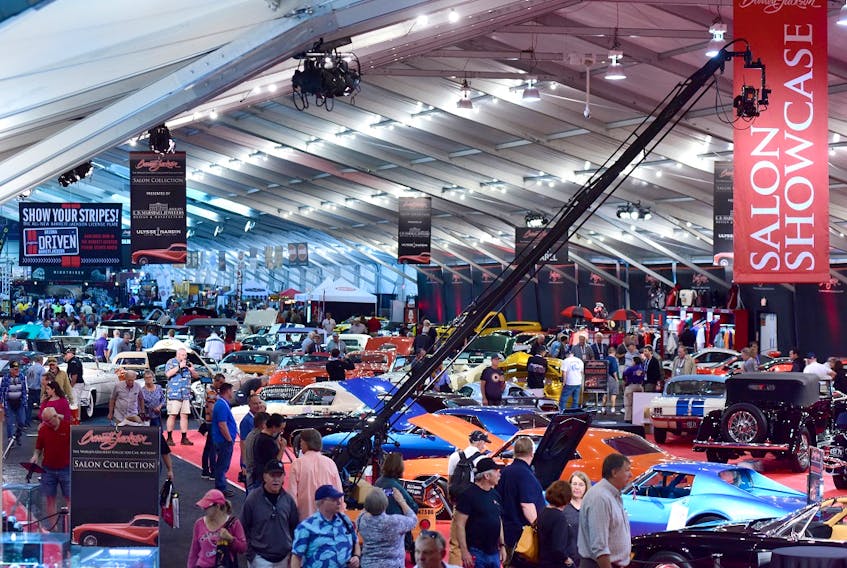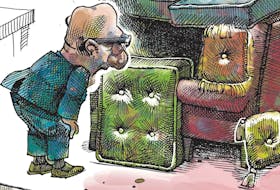
There are lots of ways to look at financial inequality in this world.
You can, like Oxfam has done, release numbers arguing that the richest one per cent in the world took in 82 per cent of the wealth made in the world last year. Or, to make the distinction between rich and poor even more clear, you can use their numbers and point out that just 42 people in the world have as much wealth between them as the poorest half of the world’s population combined.
I think of it in a different way.
I just think about the cars. The gorgeous, shiny, expensive cars, and the people who have enough money to toss away on them.
While Oxfam was releasing its numbers, and while world leaders were preparing to jet off to Davos, Switzerland, for the world economic forum, thousands of car enthusiasts were heading to Scottsdale, Arizona this past weekend for the massive Barrett-Jackson car auction.
It’s a six-day auction, televised if you have the right channel, where hour after hour, day after day, cars of all ages and price ranges go up on the auction block. Corvettes, Volkswagen vans (“German documentation verifying this to be an authentic, turquoise/white 23-window bus with Como Green interior. Original VIN/data plates. Date-correct 1200cc engine, manual transmission, safari windows. Fresh and correct restoration to highest standards.”), Lamborghinis and pickup trucks — the list seemed endless.
The cars, pushed onto the stage by Barrett-Jackson workers in dark shirts and wearing gloves to protect the paint.
The top selections were being sold on what the television commentators were calling the auction’s “seven-figure day.”
That’s when people can expect to see vehicles sell in the range of US$1,000,000 and above — the cream of the car auction crop.
Many of the buyers were similar: late-middle-aged, husky men in golf shirts with wrap-around sunglasses on the tops of their heads, white lines along the sides of their faces showing where the glasses sit when their owners are outside. Another similarity? They all had tens of thousands, sometimes hundreds of thousands, of dollars to toss out on cars that often cost a fraction of the new purchase price when they were first sold.
Now, I understand the love of cars. The nostalgia of buying a car you always wanted as a high-schooler, the love of particularly splendid examples of classic vehicles, the opportunity to buy a vehicle that is actually one of a kind. (One of the cars was literally one of a kind: a 1968 convertible, one of 57 produced with a particular engine, automatic transmission and air conditioning, and the only one of those 57 with matching parts numbers. So, if you bought it, you’re the only one.)
“Incredible collectible cars topping the charts today included a 2015 Porsche 918 Spyder coming in as the top sale of the day and the auction at $1.43 million. A stunning 1952 Ferrari 212 Europa went to its new home for $1.1 million, as did a unique 1965 Corvette Cutaway Coupe,” the company said in its promotional material.
Talking about this with one of my fellow editors, an editor I’ll just call “Car Guy” had a good point: at least they’re spending the money, and that spending is going out into the economy, building cars, restoring cars, employing workers. It’s not like the people who can drop millions on a particular car are hoarding their money and counting the ever-growing interest as it piles up.
And that’s true. True as well, perhaps, is that, if you’ve made that much money, you can spend it any way you like.
I’ll just leave this argument with one thought: apparently, Shane Patrick Boyle died of diabetic ketoacidosis in Arkansas when his GoFundMe campaign didn’t raise enough money in time for him to afford insulin.
Nothing shiny there.
Russell Wangersky’s column appears in 39 SaltWire newspapers and websites in Atlantic Canada. He can be reached at [email protected] — Twitter: @wangersky.









